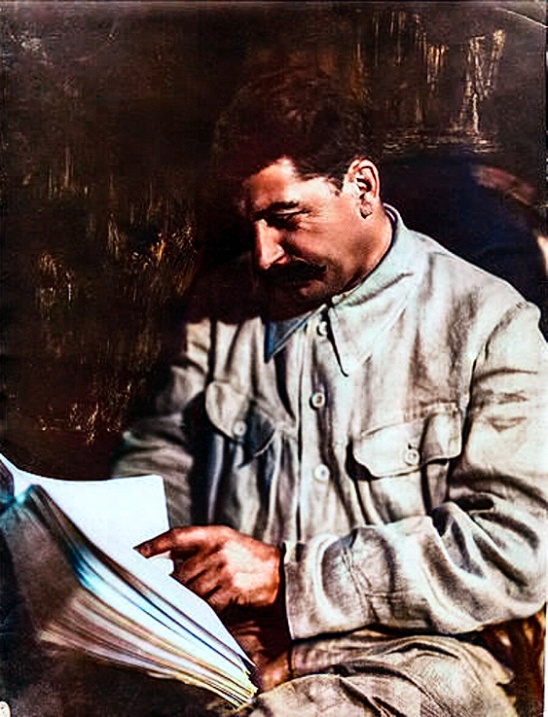NYT
Full text
President Trump threatened on Wednesday to impose a 100 percent tariff on foreign semiconductors, in an effort to bring supply chains for electronics back to the United States.
The tariff, which could be unveiled next week, would apply to all countries and companies, unless businesses made a commitment to invest and build in the United States. Mr. Trump pointed to Apple, which announced a $100 billion investment in U.S. manufacturers on Wednesday, as an example of a company that would be spared the levies.
“If you’re building, there will be no charge,” Mr. Trump said. He added that companies that did not fulfill investment promises would be held accountable with fines. “That’s a big statement, and I think the chip companies are all coming back home.”
Should Mr. Trump follow through on his promise, it would be a huge relief for tech companies that had been anxiously anticipating an announcement on semiconductor tariffs. Nvidia, Taiwan Semiconductor Manufacturing Company, Micron and other companies could benefit by avoiding huge fees on their businesses because in recent months they have pledged to invest in the United States.
The restrictions on the tariffs would also provide some relief to consumers and businesses, who would be less likely to pay higher prices on foreign electronics and tools. But they have already raised alarms among national security experts who say the exemptions reduce the likelihood that the United States will cut its reliance on high-end chips made in Taiwan, a self-governing island that faces the threat of a Chinese invasion.
Semiconductors are essential in any device with an on-off switch, but they are heavily produced in Asia. After a shortage of chips during the pandemic, U.S. officials have tried to reduce the country’s dependence on foreign semiconductors, and particularly factories in Taiwan.
In 2024, the Biden administration signed contracts to award tens of billions of dollars in subsidies to semiconductor companies to build new factories in the United States, including in New York, Arizona and Texas.
But Mr. Trump has criticized those investments as wasteful, saying all the industry needed to encourage it to move to the United States were large tariffs. To encourage the production of semiconductors in the United States, he has favored replacing the subsidies with tariffs.
Mr. Trump started an inquiry into semiconductor production this year under a national security law known as Section 232, which he has used to apply tariffs to imported steel, aluminum, copper products and cars. The law allows the president to impose tariffs on foreign products in the interest of national security.
The administration is wrapping up that inquiry and expected to announce its tariff proposal this month.


Let’s put it this way, the first viable yields for the most advanced processes start off in the 20-something percent range and the goal is usually to push that to 70+ percent. That means that, after months of alchemy on a stack of silicon wafers, maybe a fifth of the dies on them will even work. All of that alchemy requires billions of dollars of equipment and vast technical knowledge to operate, with the equipment and knowledge constantly evolving to the point where if you don’t figure it out within a window of a year or so then all of your efforts are wasted.
The craziest thing is that process is only part of the battle, chip architecture is also super important and if a designer improves the architecture efficiency it can overcome the difference in process node size. So somebody else needs to spend a fuckton of time and money developing a next generation architecture on a predicted node size, then you need to be ready to produce it once they’re ready to roll out their product and missing that boat absolutely kills you.
The barrier to entry is staggering and at this point likely requires large scale state support and direction to overcome.